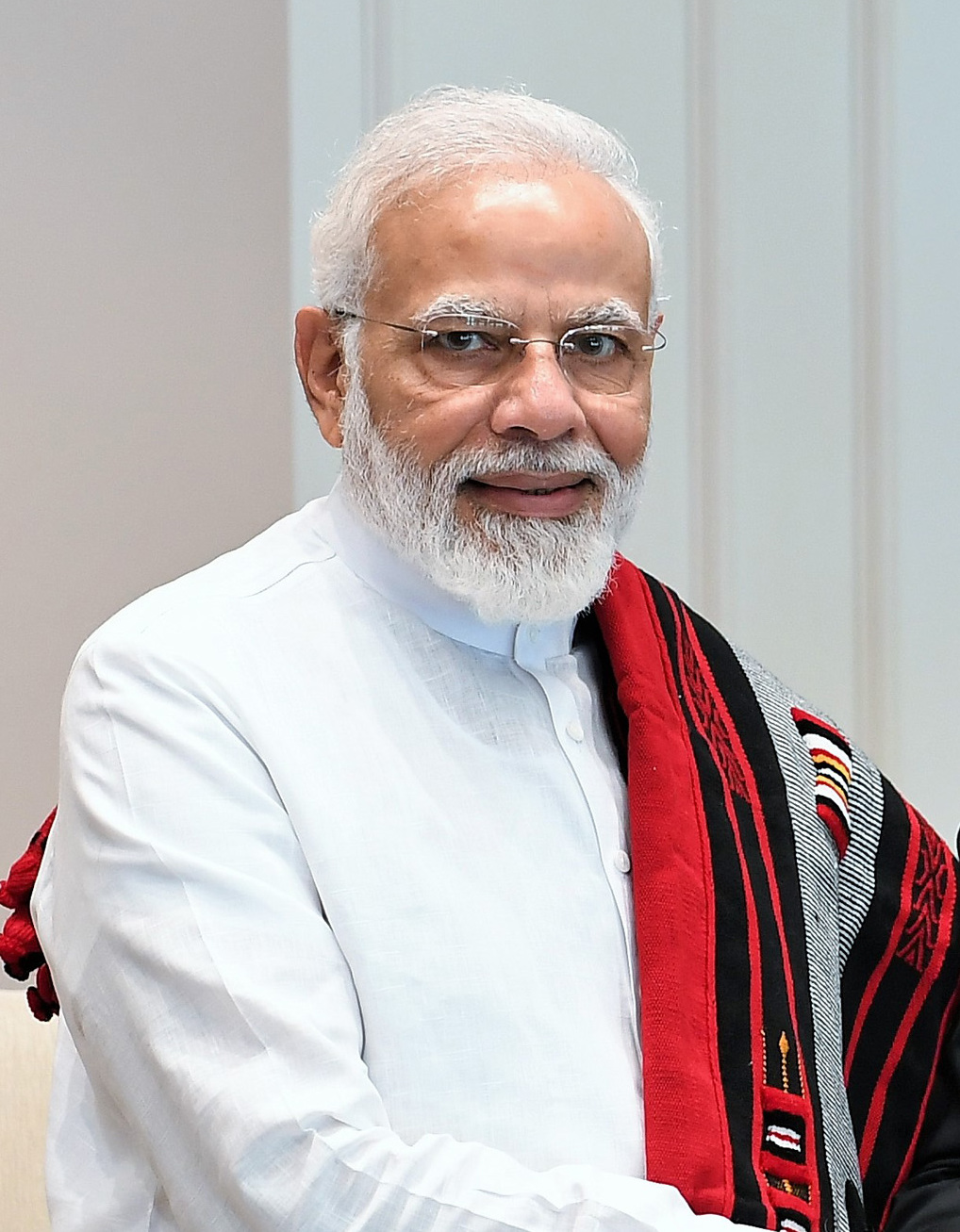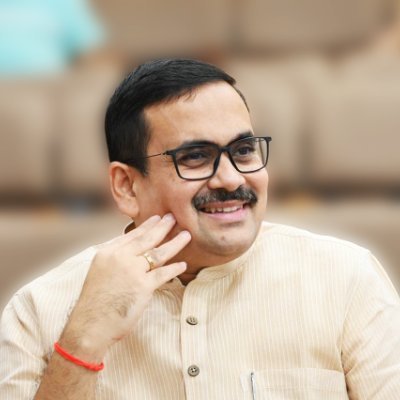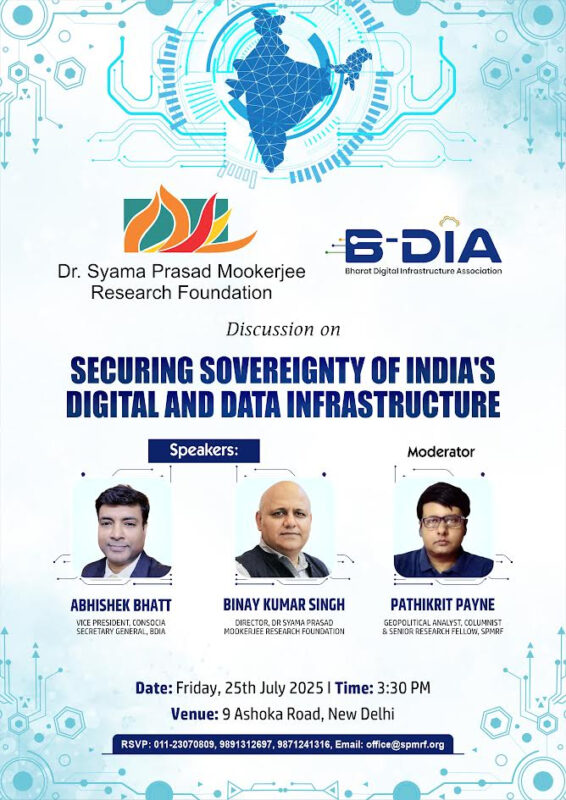Recounting the epic journey of PM Modi from a ‘Janapratinidhi’ to ‘Pradhan Sevak’ — a journey that transformed the nation itself even as it forged him into a leader India needed
One of Narendra Modi’s earliest biographers, who described him as the “Architect of a Modern State”, journalist and thinker, the late MV Kamath had written, when Modi was 57 years old, that the ‘phenomenon called Narendra Modi cannot be entirely captured in words…He is just 57 and has a long career before him. He has laid a foundation and we can see that a spectacular structure is emerging from it.’ Of Modi’s future, Kamath had presciently argued, ‘one cannot help getting the feeling that the show has just begun and there is much more progress to be made…’
Indeed, the progress made was unceasing and unrelenting, made against great odds and yet remained undaunted. From the architect of a modern state, Narendra Modi has emerged, in our era, as the great moderniser of an eternal nation. In the struggle for India’s soul, in the grappling fight for preserving her civilisational and cultural essence, in the exhaustingly exacting battle for the perpetuation of her defining spiritual values, Modi’s era and its many-sided manifestations have been a watershed. It has disrupted an imposed status-quo, it has challenged and dis-empowered a self-serving clique of power-players who, between them, kept deciding, describing and disseminating a single and monochromatic idea of India. It has truly brought about a subaltern assertion where there was only lip-service paid and political claptrap sounded in the name of empowering the marginalised.
In the last six years that he has been leading India, Modi has reinforced the subaltern connect. In his long stint in Gujarat, the dimension of the administrator in Modi evolved and unfolded. It saw him unfold as a creative, decisive and yet sensitive ‘Janapratinidhi’. His ability to connect with the vast multitudes and the marginalised and the taken-for-granted sections emerged and was perfected. It was a talent, an innate ability, that had been awakened and nurtured in Modi’s early years as a ‘pracharak’ and ‘parivrajak’ — his years of internalising India and of absorbing the hopes and aspirations of her millions. Those years also enhanced his world-view and understanding, he situated India, her people and his hopes of fulfilling their aspirations in the larger world. The results of those years were not only the expressions of frenetic creative action for Gujarat, but it was also a period during which Modi evolved a deeper philosophy of governance — his fundamental approach of Jan Bhagidari, Jan Shakti, Jan Andolan — which we see in full actuation today were the cornerstones of his success and continued connect in Gujarat as well.
The dreamer, the governance philosopher in him constantly came to the fore through a plethora of creative initiatives and schemes. Modi, never satisfied in simply articulating a certain philosophical construct, never used to merely dilating on the contours of an idea, has always exerted himself in chiselling and giving these a structure and shape. This period of his evolution saw him articulate and effectuate such philosophical constructs of governance as ‘Panchamrut’, as Kamath describes it, which aimed to bring together ‘the power of knowledge, water, electricity, the people, and defence — Gyan Shakti, Jal Shakti, Urja Shakti, Jan Shakti and Raksha Shakti.’ The convergence of these dimensions, their inter-linking and synthesis, Modi argued, was “the right way for overall development” in the era of globalisation. As a leader of the whole of India, Modi has essentially given expression to his ‘Panchamrut’ philosophy in greater detail and variety.
Even then, while modernising a state, Modi’s vision was global, yet he never allowed himself to wallow in rootless esotericism, each idea generated, each thought ideated had to be given shape and needed to be worked out. His approach was to implement a ‘comprehensive’ and “integrated development” programme, “building upon the strengths and overcoming the weaknesses.” Modi’s approach even now continues to be the same, only it is infinitely more enhanced, sharpened and perfected. In his early days as an administrator, Modi discerned that for an integral, all-encompassing and comprehensive what was needed was wide-action, not fixation with a certain section or single way of action. He knew that strength can be condensed for spearheading growth only when the foundations are nourished and watered, only when the marginalised are included and presented with a host of possibilities that growth can be all-round and calibrated. This led Modi to correct the imbalance in Gujarat, which had hitherto only focused on industrial growth, by also emphasising on “social sectors, integrating social and economic growth.” This saw the formulation of some of the most creative programmes in the state on rural development, the spread of quality education, education of the girl child, social justice, agriculture and disaster management, to name a few.
Now as Prime Minister, while drawing on a much wider and intricate canvas of the entire country, one sees Modi speak of rectifying the imbalance through his philosophy of Purvoday — and the concept of the aspirational districts. Purvoday is the vision of recalibrating the hitherto neglected economic and social development of India’s east and of transforming the region into a veritable power-house of national growth. Recalibrating and ending imbalances have been among his fundamental governance approach. What he did in the limits of a state, Modi has now amplified in the field of the whole nation.
In the vortex of the struggle for the narrative of India, Modi has challenged pseudo-liberal constructs and has asserted the right of India to be herself culturally and civilisationally. By speaking of the Ram Temple in Ayodhya as the “modern symbol of our culture”, by asserting India’s right to defend her sovereignty, her territorial contours, by stating India’s legitimate right to resolve disputes and tangles of history that further cement her political and ideational unity, Modi has displayed determination and consistency. Such pertinacious tenacity radiates from his complete identification of the essence of India’s primacy as a condensed consciousness and not merely an imagined state.
Of the emerging ‘liberal’ construct and its habit of imposing a unilateral and unilinear order, political philosopher Yoram Hazony, succinctly writes, that such an order ‘is incapable of respecting, much less celebrating, the deviation of nations seeking to assert a right to their own unique laws, traditions and policies. Any such dissent is held to be vulgar and ignorant, if not evidence of a fascistic mindset.’ Till not very long-ago India had been glued by a myopic political leadership, to this one-sided liberal construct. Because Modi asserts India’s right to have her unique laws, because he displays a reverence for her traditions, and because he ideates and works out unique policies for her all-sided progress and empowerment and because through these, he questions the pseudo-liberal construct, he is seen to be vulgar and fascistic by a section. Members of this section are essentially mouthpieces of those ideologies and platforms who have always balked at and despised India’s unique strengths and have worked to deny her a recognised position on the world stage. These deconstructionists see Modi as their antagonist. But since they are divorced from the real people of India, they have been able to do mighty little in trying to retard Modi’s march of asserting India’s uniqueness and in fulfilling her legitimate national and global aspirations.
Years ago, when he was once asked as to which was his favourite bhajan, Modi had replied without hesitation, “Vaishnav Jana to tene…” written in the fifteenth century by Gujarat’s immortal poet-philosopher Narsinh Mehta. The bhajan would evoke a spark in him, “When I was looking after the party’s organisational work, I would lecture to the workers on this bhajan for one hour at a time…It was written 400 years ago. Every word of it should be meaningful to politicians”, Modi had told his interlocutor, “just replace the word ‘Vaishnav’ with the word ‘Janapratinidhi’ and it would run: ‘Janapratinidhi is one who understands the miseries of others, helps others in their unhappiness without conceit…’
For Modi, the transformation from a ‘Janapratinidhi’ to ‘Pradhan Sevak’, from the contours of a state to the wideness of the whole of India, from continuously leaving his imprint on the confines of a single physical geography to successfully stamping the oceanic vastness of the world with his new thoughts and creative action, has been seamless. It is an epic journey which never ceases to fascinate and inspire.
(The writer is the Director of Dr Syama Prasad Mookerjee Research Foundation)
Image Source: https://upload.wikimedia.org
(The views expressed are the author's own and do not necessarily reflect the position of the organisation)



